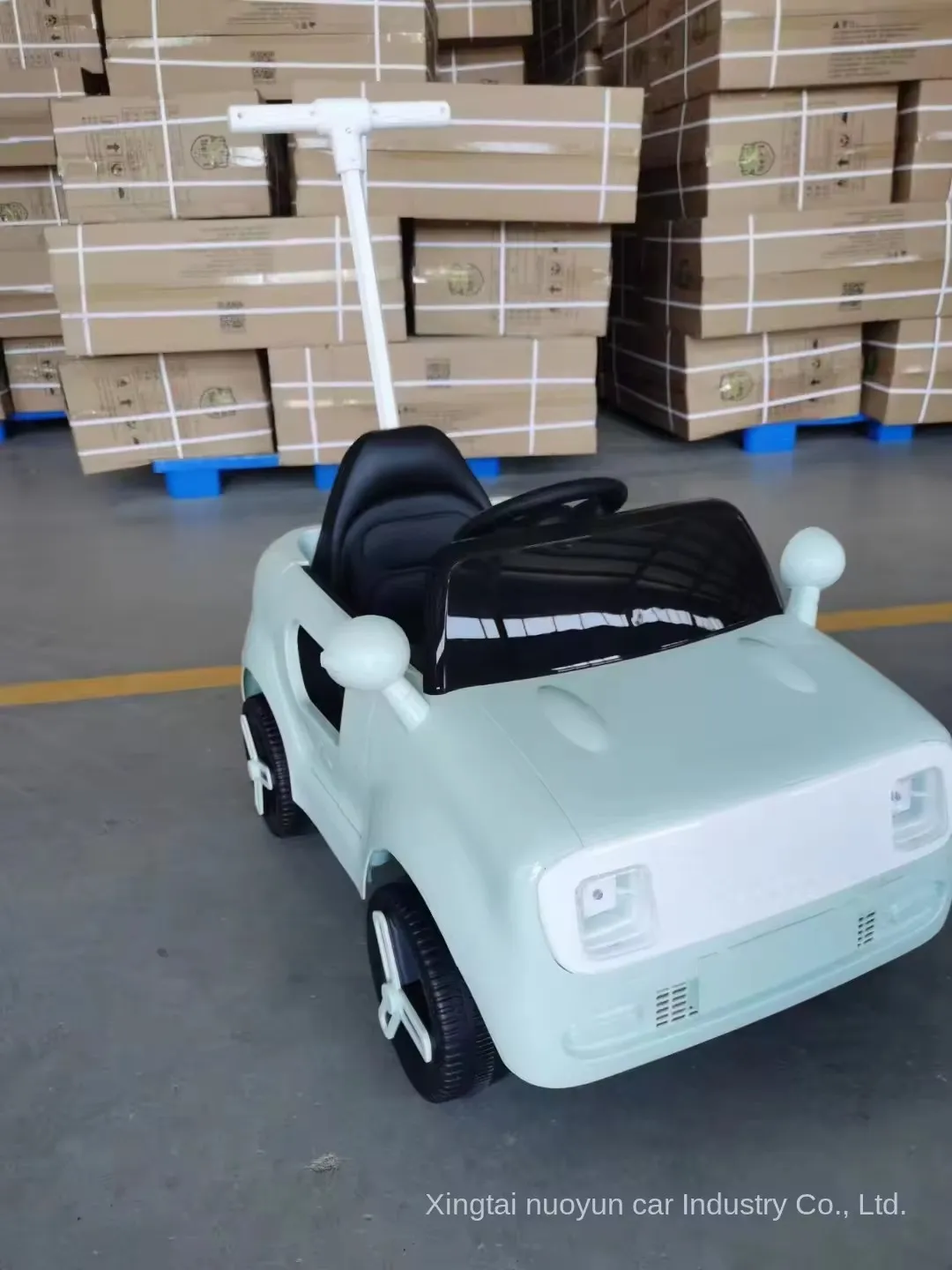How Can Walkers Help Infants Learn to Walk More Effectively
Infant Learning to Walk The Role of Walkers in Development
The journey from crawling to walking is one of the most exciting phases of an infant’s development. For parents and caregivers, the moment a baby takes its first steps is a milestone filled with joy and pride. However, many wonder how best to support their child during this critical transition. One aid that often comes up in discussions is the use of baby walkers. While they have been popular for years, the question of whether they truly help infants learn to walk remains a topic of debate.
Baby walkers are designed to help infants who are just beginning to pull up and take those first wobbly steps. They allow babies to sit in a seat within a frame on wheels, enabling them to move around by pushing with their feet. The idea behind walkers is to give infants the freedom to explore their environment while developing strength in their legs. However, experts have raised concerns about their safety and effectiveness in aiding walking development.
Infant Learning to Walk The Role of Walkers in Development
Moreover, baby walkers pose significant safety risks. They can quickly become a hazard in households, allowing infants to access areas they might not be able to reach otherwise. This includes staircases, kitchen appliances, or other potentially dangerous areas. Many injuries related to baby walkers are reported each year, leading health organizations like the American Academy of Pediatrics to warn against their use.
infant learn to walk walkers

Considering the pros and cons of baby walkers, many parents may wonder what alternatives exist to help their infants learn to walk safely and effectively. Encouraging natural movement is one of the best ways to do this. Creating a safe and open space for a baby to explore can foster confidence in their ability to stand and walk. Tummy time, sitting, and crawling are all crucial stages that build the necessary muscle strength and coordination to walk.
Additionally, parents can support their little ones by providing sturdy furniture for them to hold onto as they practice standing and cruising. Stationary activity centers can also be beneficial, allowing babies to practice their leg movement while engaging with their surroundings without the risk of rolling into dangerous areas.
When looking for toys, consider those that promote walking. Push toys or sturdy ride-on toys can help infants learn balance and coordination, providing support without the dangers associated with walkers. These alternatives encourage infants to use their own strength and coordination, laying a solid foundation for walking independently.
In conclusion, while the allure of baby walkers may be tempting for parents wishing to hasten the walking process, the evidence suggests that they are not the best option. Instead, promoting natural movement and allowing infants to progress at their own pace can lead to healthier and more effective walking development. By creating a safe environment and utilizing appropriate toys, parents can ensure that their children reach this exciting milestone safely and confidently. The ultimate goal is not just to see a baby walk but to support them through a healthy development journey that fosters strength, coordination, and self-confidence.
-
Kids battery power car baby four-wheel off-road vehicle children electric toy carNewsMar.07,2025
-
New Hot Design Factory Wholesale Light Weight Small Folding Size Baby StrollerNewsMar.07,2025
-
2022 newest factory boys and girls powerful battery operated 4-wheel ride on electric carNewsMar.07,2025
-
2022 newest factory boys and girls powerful battery operated 4-wheel ride on electric carNewsMar.07,2025
-
Kids battery power car baby four-wheel off-road vehicle children electric toy carNewsMar.07,2025
-
toddler electric atvs manufacturerNewsMar.07,2025
